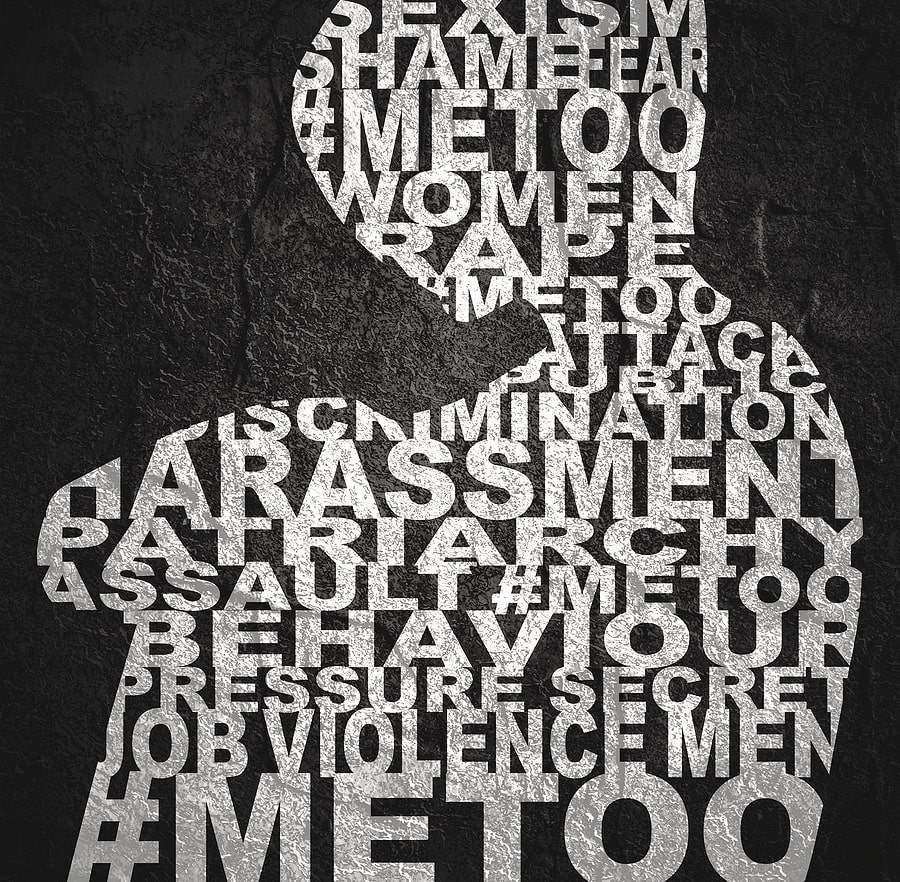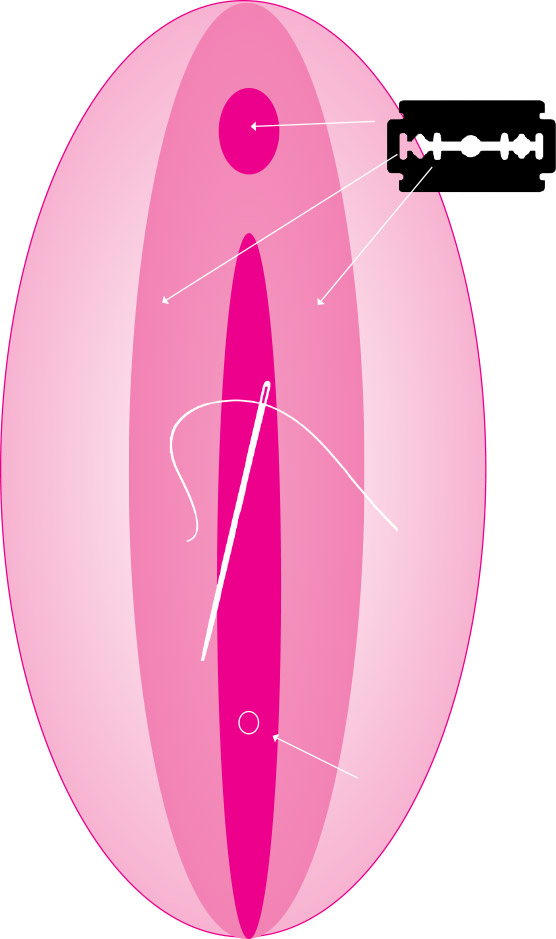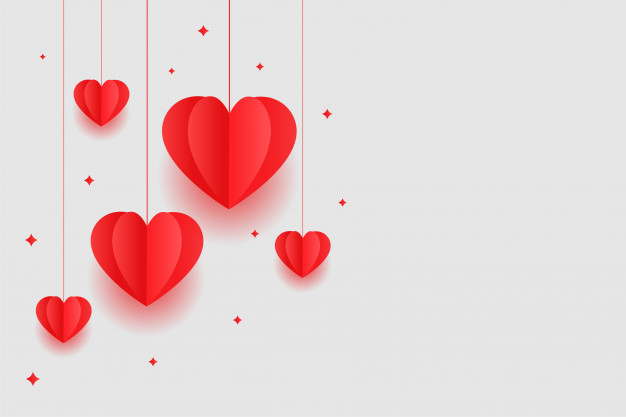GENDER AND SEX
Generally, what comes to people’s minds when they are attributing meaning to the word ‘gender’ is sex (male and female). Sex and gender are two different concepts and mean different things. Sex is the physical, biological, natural and physical difference between women and men. Gender refers to the social and psychological dimension of being female or male. It refers to whether people are born female or male. Gender is the expectations people have from someone or society because they are female or male. Usually, attitudes and behaviors attributed to gender are learned from the society and the concept can change over time.
GENDER AND SEXUAL IDENTITY
Often time, people usually misunderstood gender identity and sexual identity. Sexual orientation is an inherent or immutable enduring emotional, romantic, or sexual attraction to other people. While Gender Identity is one’s innermost concept of self as male, female, a blend of both or neither – how individuals perceive themselves and what they call themselves. One’s gender identity can be the same or different from their sex assigned at birth.
TERMS & TERMINOLOGIES
Gender – denotes the public (and usually legally recognized) lived role as boy or girl, man or woman. Biological factors combined with social and psychological factors contribute to gender development.
Assigned gender – refers to a person’s initial assignment as male or female at birth. It is based on the child’s genitalia and other visible physical sex characteristics.
Gender-atypical – refers to physical features or behaviors that are not typical of individuals of the same assigned gender in a given society.
Gender-nonconforming – refers to behaviors that are not typical of individuals with the same assigned gender in a given society.
Gender reassignment – denotes an official (and usually legal) change of gender.
Gender identity – is a category of social identity and refers to an individual’s identification as male, female, or, occasionally, some category other than male or female. It is one’s deeply held core sense of being male, female, some of both or neither, and does not always correspond to biological sex.
Gender dysphoria – as a general descriptive term refers to an individual’s discontent with the assigned gender. It is more specifically defined when used as a diagnosis.
Transgender – refers to the broad spectrum of individuals who transiently or persistently identify with a gender different from their gender at birth. (Note: the term transgendered is not generally used.)
Transsexual – refers to an individual who seeks, or has undergone, a social transition from male to female or female to male. In many, but not all, cases this also involves a physical transition through cross-sex hormone treatment and genital surgery (sex reassignment surgery).
Genderqueer – blurring the lines around gender identity and sexual orientation. Genderqueer individuals typically embrace a fluidity of gender identity and sometimes sexual orientation.
Gender fluidity – having different gender identities at different times.
Agendered – ‘without gender,’ individuals identifying as having no gender identity.
Cisgender – describes individuals whose gender identity or expression aligns with the sex assigned to them at birth.
Gender expansiveness – conveys a wider, more flexible range of gender identity and/or expression than typically associated with the binary gender system.
Gender expression – the manner in which a person communicates about gender to others through external means such as clothing, appearance, or mannerisms. This communication may be conscious or subconscious and may or may not reflect their gender identity or sexual orientation.
The following are the 58 gender options identified by ABC News:
Agender
Androgyne
Androgynous
Bigender
Cis
Cisgender
Cis Female
Cis Male
Cis Man
Cis Woman
Cisgender Female
Cisgender Male
Cisgender Man
Cisgender Woman
Female to Male
FTM
Gender Fluid
Gender Nonconforming
Gender Questioning
Gender Variant
Genderqueer
Intersex
Male to Female
MTF
Neither
Neutrois
Non-binary
Other
Pangender
Trans
Trans*
Trans Female
Trans* Female
Trans Male
Trans* Male
Trans Man
Trans* Man
Trans Person
Trans* Person
Trans Woman
Trans* Woman
Transfeminine
Transgender
Transgender Female
Transgender Male
Transgender Man
Transgender Person
Transgender Woman
Transmasculine
Transsexual
Transsexual Female
Transsexual Male
Transsexual Man
Transsexual Person
Transsexual Woman
Two-Spirit
SEXUAL IDENTITY
Lesbian- Broadly and historically speaking, “lesbian” has been defined as a woman who is attracted to other women.
Bisexual- LeClaire defines bisexuality as an attraction to more than one gender.
While the prefix “bi” means two, LeClaire said that modern understanding of bisexuality encompasses attraction to more than just two genders.
Pansexual- Pansexuality and bisexuality can often be used interchangeably. Merriam-Webster defines pansexuality as “of, relating to, or characterized by sexual desire or attraction that is not limited to people of particular gender identity or sexual orientation.”
“Some people also like to differentiate pansexuality as meaning that you don’t really see gender or that doesn’t even play even as a slight role in your sexual attraction,” LeClaire said. “I think everyone kind of defines that for themselves, really.”
Gay- Historically, gay is used for men who are attracted to men.
Asexual- The term “asexual” broadly refers to someone who doesn’t experience sexual attraction or desire for sex.
Demisexual,- which also refers to conditional sexual attraction, generally to someone the individual knows very well. “You have developed a rapport with them, you’ve developed maybe like a loving friendship and you tend to only feel sexual attraction under those conditions,” LeClaire said.
Allosexual- Allosexuality is the converse of asexuality; it means you have sexual attraction and desire sex,
Heterosexuality- is often known as being “straight.” The LGBTQIA Resource Center at UC Davis defines heterosexuality as a “sexual orientation in which a person feels physically and emotionally attracted to people of a gender other than their own.”
Monosexual- Monosexuality is the attraction to one gender. Lesbian or gay can fall under this category, according. People who identify as exclusively heterosexual can also be considered monosexual, as they are attracted to one gender.
Polysexual- Polysexuality means to be attracted to many different types of genders, but not all genders, according to Robinson.
Queer- Queer is a catchall term that encompasses any identity outside of cisgender ( someone who does not identify as transgender ), heterosexual, or allosexual, according to LeClaire.





















